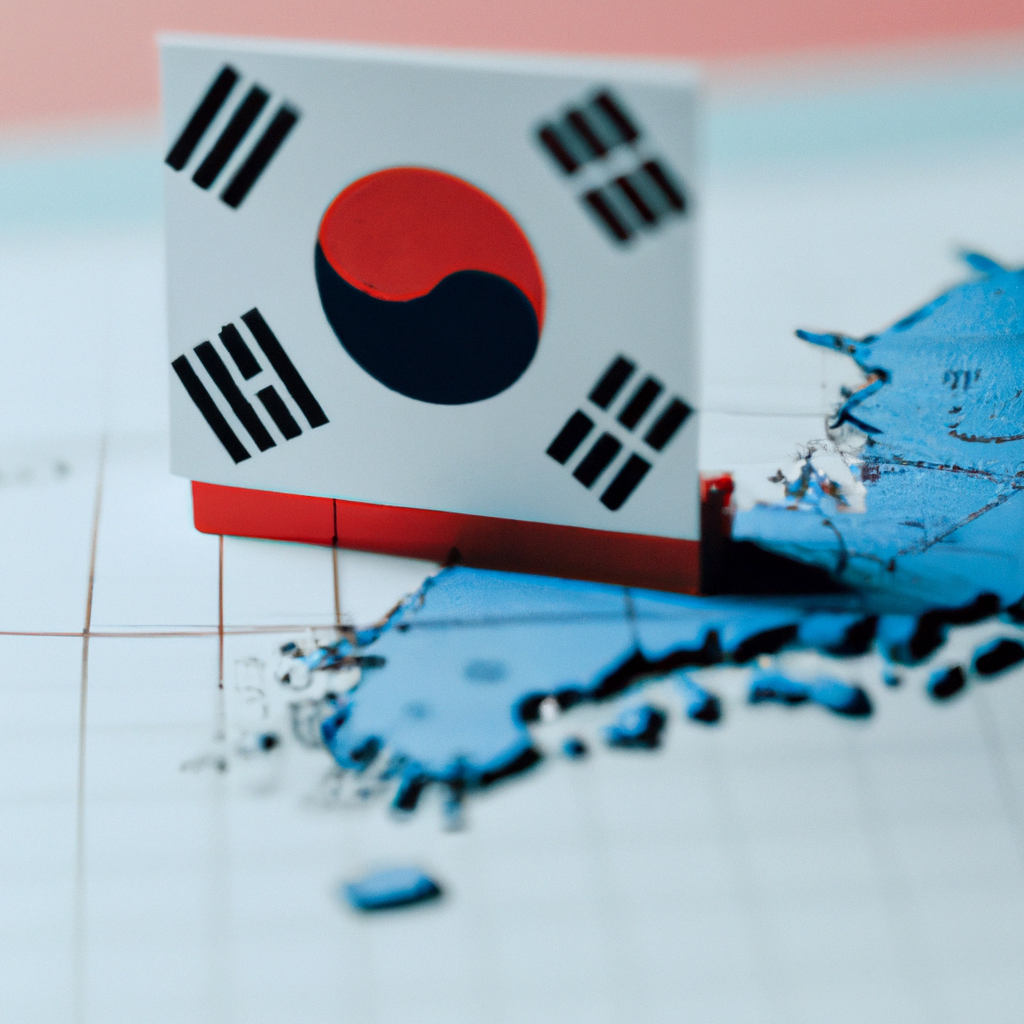How do I learn about South Korean textiles and clothing?
Post ByAdequate Travel
Summary
Learning about South Korean textiles and clothing can be a great way to gain insight into the culture that produces them. From the traditional hanbok to more modern fashion trends, there is much to explore. In this blog post, we'll delve into the rich history and culture behind South Korean textiles and clothing, as well as examine ways to learn more about them. As you prepare for your journey, familiarize yourself with the specific entry requirements, including any necessary visas or documentation.Introduction
South Korea has a rich textile and clothing industry with a long history of traditional craftsmanship and innovative design. To learn about South Korean textiles and clothing, you can follow these steps:
1. Research South Korean Textile Industry
Start by gathering information about the South Korean textile industry, its history, major players, and its significance in the global market. You can find this information from various sources such as books, academic journals, industry reports, and online resources like official government websites or industry associations.
2. Study Traditional Korean Textiles
Traditional Korean textiles are deeply rooted in the country's culture and heritage. Research and study materials like hanbok, the traditional Korean clothing, and other fabrics like silk, ramie, and satins. Learn about their characteristics, weaving techniques, and historical significance.
3. Explore Modern Korean Fashion
Korean fashion has gained international recognition for its unique aesthetics and trendsetting style. Dive into contemporary Korean fashion trends and influential fashion designers. Explore popular fashion brands like Samsung Fashion or KAI-a, and examine their collections, design philosophy, and impact on the industry.
4. Attend Exhibitions and Fashion Shows
Attending exhibitions and fashion shows is an excellent way to experience South Korean textiles and clothing firsthand. Look for local or international events focusing on Korean fashion, such as Seoul Fashion Week or textile trade shows. Interact with designers, manufacturers, and industry professionals to learn about the latest techniques, materials, and trends.
5. Visit Museums and Institutions
Visit museums and institutions that showcase South Korean textiles and clothing. The National Museum of Korea in Seoul and the Korean Folk Village in Yongin are great places to explore traditional textiles and learn about their historical context. Many museums also offer workshops or guided tours for a more immersive learning experience.
6. Connect with Experts and Professionals
Network with experts and professionals in the South Korean textile and clothing industry. Attend workshops, seminars, or join industry associations to meet people who are knowledgeable about the subject. Engaging in conversations with these individuals can provide valuable insights and opportunities for further learning.
Conclusion
By following these steps, you can gain a comprehensive understanding of South Korean textiles and clothing. Remember to gather information from diverse sources, explore both traditional and contemporary aspects, and engage with experts in the field for a well-rounded education on South Korean textiles and clothing.
Stay informed about any travel restrictions or travel rules in place, as they may vary depending on your destination within the country.






